10 Home Décor Mistakes That Make Small Spaces Feel Even Smaller
6/18/202510 min read
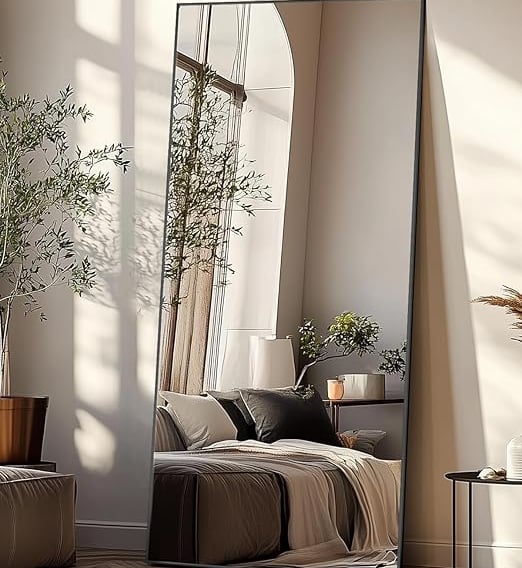

10 Home Décor Mistakes That Make Small Spaces Feel Even Smaller And How to Fix Them
Decorating a small home or apartment can be both exciting and intimidating. You want to express your style without making your home feel cramped or cluttered. But even the most well-intentioned design choices can accidentally make a room feel smaller than it really is. Here are 10 common home décor mistakes that can shrink your space visually—and smart, stylish fixes that create a brighter, more spacious feel.
1. Choosing Dark Paint Colors
Choosing dark paint colors for your home can be a bold and transformative design decision that adds depth, drama, and sophistication to any space. While many homeowners gravitate toward lighter shades for their perceived openness and brightness, dark hues offer a unique opportunity to create a cozy, intimate atmosphere that feels both modern and timeless. Whether it’s a deep navy, charcoal gray, forest green, or rich burgundy, dark colors can make a powerful statement when used thoughtfully. One of the key advantages of dark paint is its ability to highlight architectural features and create contrast with lighter furnishings, trim, or artwork. It can also make a room feel more grounded and serene, especially in spaces like bedrooms, libraries, or dining rooms where a sense of calm or elegance is desired. However, choosing the right dark color requires careful consideration of lighting, room size, and the overall mood you want to achieve. Natural light can dramatically affect how a dark color appears throughout the day, so testing samples on different walls and observing them at various times is essential. Additionally, pairing dark walls with the right finishes—such as warm wood tones, metallic accents, or soft textiles—can prevent the space from feeling too heavy or closed in. It’s also important to consider the finish of the paint; matte or eggshell finishes tend to soften the intensity of dark colors, while glossier finishes can add a touch of glamour and reflect light. Ultimately, dark paint colors are not just for large, dramatic spaces—they can be equally effective in small rooms, where they can create a jewel-box effect that feels luxurious and enveloping. With the right planning and complementary décor, dark paint can elevate your interior design, making your home feel more curated and expressive. Embracing the richness of dark hues is a design choice that reflects confidence and creativity, offering a timeless appeal that continues to inspire homeowners and designers alike.
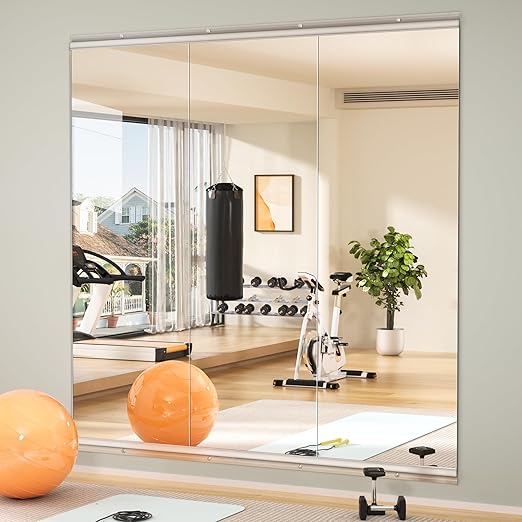

popular dark color palettes
popular dark color palettes that are widely used in interior design for their richness, versatility, and ability to create mood and depth:
1. Moody Blues
Navy Blue – Classic and timeless, great for walls or cabinetry.
Slate Blue – A cooler, more muted tone that pairs well with grays.
Indigo – Deep and dramatic, often used in modern or eclectic spaces.
2. Earthy Greens
Forest Green – Rich and grounding, ideal for cozy rooms.
Olive or Army Green – Adds a natural, organic feel.
Hunter Green – Sophisticated and bold, great with brass or wood accents.
3. Charcoal & Graphite
Charcoal Gray – A versatile neutral that works in both modern and traditional spaces.
Graphite – Slightly warmer than black, adds depth without harshness.
Soft Black – A muted black that feels elegant and less stark.
4. Deep Reds & Burgundies
Burgundy – Luxurious and romantic, perfect for dining rooms or libraries.
Oxblood – A darker, more dramatic red with vintage appeal.
Cranberry – Adds warmth and richness without overwhelming.
5. Dark Neutrals
Espresso Brown – Warm and inviting, great for accent walls or cabinetry.
Taupe Gray – A mix of brown and gray that feels modern and cozy.
Smoky Beige – A soft, dark neutral that pairs well with lighter tones.
2. Overcrowding the Room with Furniture
Overcrowding a room with furniture can significantly impact both the functionality and aesthetic appeal of a space. When too many pieces are crammed into a room, it can feel cluttered, cramped, and overwhelming, making it difficult to move around comfortably or use the space as intended. This often leads to a lack of clear focal points and disrupts the natural flow of the room. Overcrowding can also diminish the visual impact of individual furniture pieces, as they compete for attention rather than complementing each other. Additionally, it can block natural light and make even large rooms feel smaller and darker. To avoid this, it’s important to prioritize essential furniture and choose pieces that are appropriately scaled to the room’s dimensions. Leaving open space around furniture not only enhances movement but also creates a sense of balance and airiness. Thoughtful placement and editing—removing unnecessary items—can help highlight key design elements and improve the overall harmony of the room. Ultimately, less is often more when it comes to furnishing a space. A well-curated room with fewer, well-chosen pieces tends to feel more inviting, functional, and visually appealing than one that is overcrowded.
Quick fix: Opt for multi-functional furniture like storage ottomans or foldable tables. Choose pieces with exposed legs to give the room an airy feel.




3. Skipping Mirrors
Skipping mirrors in interior design is a common oversight that can significantly affect the perception of space and light in a room. Mirrors are not just decorative—they serve a functional purpose by reflecting both natural and artificial light, which helps brighten a space and make it feel more expansive. Without mirrors, especially in smaller or darker rooms, interiors can appear more confined and less dynamic. Mirrors also add visual interest and can act as focal points, enhancing the overall aesthetic of a room. They can reflect beautiful views, artwork, or architectural features, effectively doubling their impact. To make the most of mirrors, strategic placement is key. Hanging a large mirror across from a window or a light source can amplify brightness and create the illusion of depth, making the room feel larger and more open. Even in hallways or entryways, where space is limited, a well-placed mirror can add dimension and charm. Incorporating mirrors into your design doesn’t require a major renovation—just thoughtful positioning and selection of styles that complement your décor. Whether framed in wood, metal, or minimalist glass, mirrors are a simple yet powerful tool to elevate any interior space.
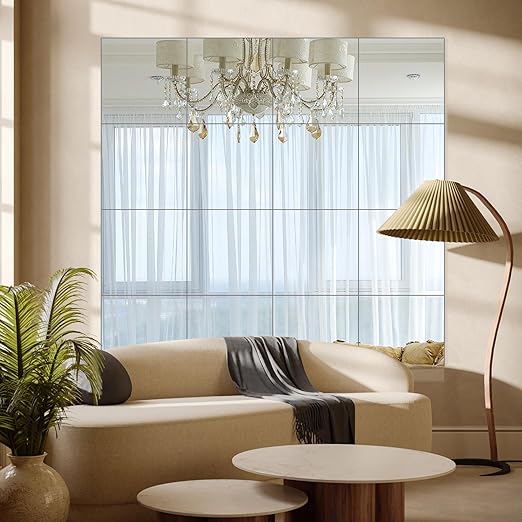

4. Poor Lighting Choices
Poor lighting choices can significantly diminish the comfort and visual appeal of a room. Relying solely on overhead lighting often results in harsh shadows and uneven illumination, which can make a space feel cold, flat, or even smaller than it is. Overhead fixtures, while functional, rarely provide the warmth or depth needed to create a welcoming atmosphere. To truly enhance a room’s ambience and usability, it’s essential to incorporate layered lighting. This approach involves combining different types of lighting—ambient, task, and accent—to achieve a balanced and flexible environment. For example, floor lamps can add height and fill vertical space with soft light, while table lamps offer localized illumination perfect for reading or working. Accent lighting, such as LED strip lights under shelves or behind furniture, can highlight architectural features and add a modern touch. Even small additions like wall sconces or pendant lights can dramatically change the mood of a room. Layered lighting not only improves functionality but also allows you to adjust the atmosphere depending on the time of day or activity. By thoughtfully mixing various light sources, you can eliminate dark corners, reduce glare, and create a more inviting and visually dynamic space.


5.Placing Curtains Incorrectly
Placing curtains incorrectly is a common design mistake that can unintentionally make a room feel smaller and ceilings appear lower. When curtains are hung too close to the window frame—either too low or too narrowly—they visually compress the space, drawing attention to the actual size of the window rather than enhancing it. This can disrupt the balance and proportion of the room, making it feel more confined and less elegant. To create a more open and elevated look, it’s important to hang curtains higher and wider than the window frame. Ideally, curtain rods should be installed just a few inches below the ceiling or crown molding, which draws the eye upward and gives the illusion of taller ceilings. Extending the rod several inches beyond the sides of the window also allows the curtains to frame the window without blocking natural light, making the window appear larger and more prominent. This simple adjustment can dramatically improve the overall aesthetic of a room, adding a sense of height, airiness, and sophistication. Choosing the right curtain length—preferably floor-length—also contributes to a polished, intentional look. With thoughtful placement, curtains can become a powerful design element that enhances both the function and beauty of your space.


6. Ignoring Vertical Space
Ignoring vertical space is a missed opportunity in interior design, especially in smaller rooms where floor space is limited. Many people focus solely on horizontal layouts—arranging furniture and décor at eye level or below—while overlooking the potential of walls and vertical surfaces. This can lead to cluttered floors and underutilized areas, making the room feel cramped and disorganized. Embracing vertical space not only helps with storage but also adds visual interest and height to a room. Installing floating shelves, tall bookcases, or wall-mounted cabinets can free up floor space while providing practical storage and display areas. These elements draw the eye upward, creating the illusion of a taller room and enhancing the overall sense of openness. Vertical storage solutions are especially useful in kitchens, bathrooms, and home offices, where maximizing every inch is crucial. Additionally, incorporating vertical décor—such as tall mirrors, vertical artwork, or hanging plants—can add character and dimension to your space. Even simple additions like hooks or pegboards can make a big difference in functionality and style. By thinking vertically, you can transform blank walls into purposeful, attractive features that contribute to a more organized, spacious, and visually appealing home.


7. Cluttered Surfaces
Cluttered surfaces are one of the most common culprits behind a space feeling chaotic and visually overwhelming. Flat areas like countertops, nightstands, coffee tables, and shelves often become catch-alls for miscellaneous items—mail, keys, décor, and more. While a few personal touches can add warmth and character, too many objects can make even a well-designed room feel disorganized and smaller than it actually is. Clutter not only disrupts the visual flow of a space but also makes cleaning and maintaining order more difficult. To combat this, embracing a minimalist approach to décor can be incredibly effective. Start by limiting the number of items displayed on open surfaces, keeping only those that are functional or truly meaningful. Use trays or decorative boxes to group smaller items and reduce visual noise. Rotating seasonal or themed decorations is another great way to keep your space feeling fresh without overcrowding it. Incorporating closed storage options—like drawers, baskets, or cabinets—can also help keep everyday essentials out of sight but easily accessible. By curating what’s visible and maintaining clear surfaces, you create a more serene, spacious, and intentional environment. A clutter-free room not only looks better but also feels more relaxing and easier to enjoy.
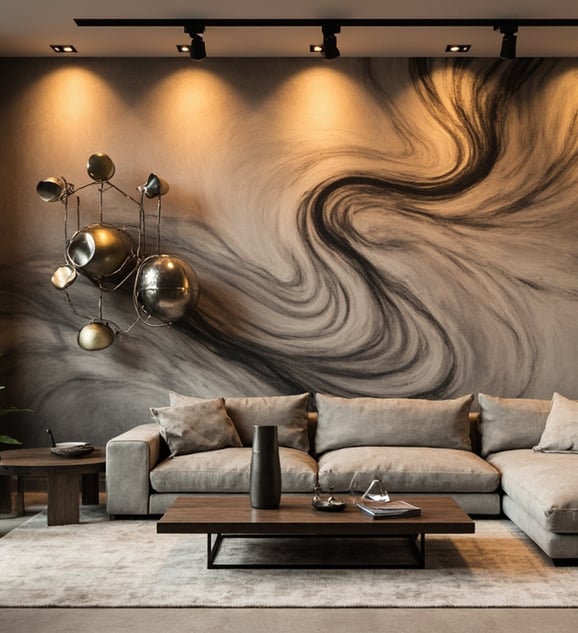

8. Neglecting scale and proportion in interior design
Neglecting scale and proportion in interior design can disrupt the harmony of a room and make even the most stylish décor feel out of place. When furniture or decorative elements are too large or too small for the space, it throws off the visual balance and can make a room feel awkward or uncomfortable. For instance, placing an oversized chandelier in a room with low ceilings can overwhelm the space, while tiny artwork on a large wall may look lost and underwhelming. Achieving the right scale means selecting pieces that are appropriately sized for the room’s dimensions and layout. Proportion, on the other hand, refers to how elements relate to each other within the space. A well-proportioned room feels cohesive and thoughtfully arranged. To get it right, consider the size of your furniture in relation to the room and to each other. Use smaller art or mirrors on narrow walls, and choose rugs that are large enough to anchor your furniture grouping—ideally with at least the front legs of major pieces resting on the rug. When in doubt, use painter’s tape or digital room planners to visualize how items will fit before committing. By paying attention to scale and proportion, you can create a space that feels balanced, comfortable, and visually appealing.
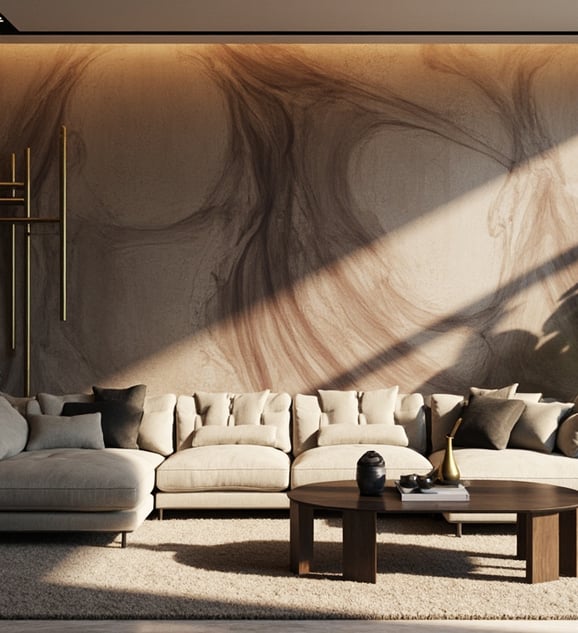

9. Using Busy Patterns
Incorporating patterns into your decor can inject energy and personality into a room. However, when overused, especially in small spaces, they can quickly become overwhelming. Bold prints on walls, upholstery, and rugs can dominate the space, making it feel cluttered and chaotic.
The key is to strike a balance. Instead of covering every surface with patterns, use them thoughtfully to create visual interest. Here are some tips to achieve this balance:
Use simple patterns: Opt for subtle patterns like stripes, dots, or minimal florals that add texture without overwhelming the space.
Accent with patterns: Add pattern through throw pillows, blankets, or a single statement piece of furniture. This allows you to introduce personality without overwhelming the space.
Create a focal point: Use a bold pattern on a single wall or a statement piece of furniture to draw the eye and create visual interest.
Mix with solids: Balance busy patterns with solid colors to create a sense of calm and visual respite.
By using patterns judiciously, you can add energy and personality to your space without overwhelming it. Remember, restraint is key in small spaces. By striking the right balance, you can create a space that feels dynamic, yet peaceful


10. Skipping Storage Solutions
Skipping storage solutions can quickly turn a small space into a cluttered nightmare. When everyday items start piling up without a designated place to go, visual clutter sets in, making the space feel tighter than it actually is. To combat this, it's essential to incorporate smart home storage ideas that keep belongings organized and out of sight. Look for furniture with hidden storage, such as beds with built-in drawers, wall-mounted desks with storage compartments, and under-sink organizers in the kitchen and bathroom. These clever storage solutions will help keep clutter at bay and create a sense of calm. Additionally, creating visual continuity can also help make a small space feel more expansive. Using too many colors and textures can visually chop up a space, making it feel choppy and disjointed. By sticking to a cohesive color palette and limiting the number of textures, you can create a more seamless aesthetic that promotes a sense of calm and visual flow. By combining smart storage solutions with a thoughtful approach to design, you can create a space that feels peaceful, organized, and more spacious than you thought possible. With a little creativity, even the smallest spaces can feel like a breath of fresh air
